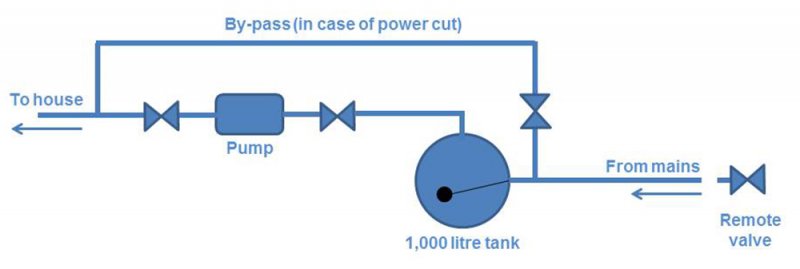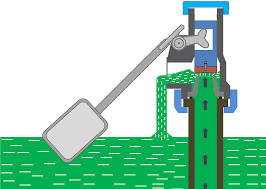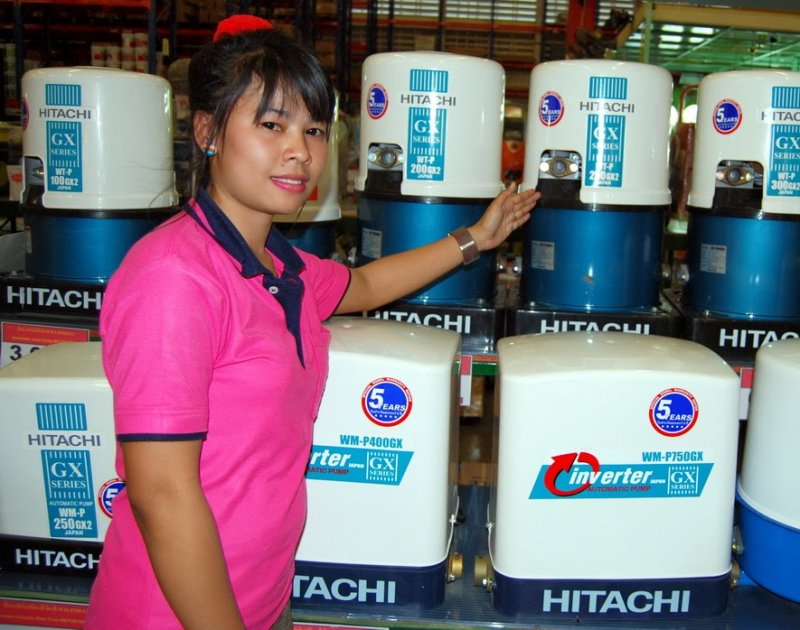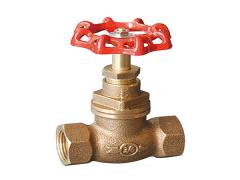nomad97
Resident Geek
Johnb said, "All that rain last evening and we wake up this morning to very, very low water pressure. The wife saw on Facebook that something is broken at Hoi Senang. Anyone else got problems?"
In a word, no. We live on the outskirts of town and there is a reasonable flow of water in the inlet pipe to our holding tank. Maybe there is an insufficient 'head' of water to top up the tank during the day but the tank is full and usually recharges every night.
Are you saying you do not have a water tank between the water inlet from the town and distribution to the house ? Do you rely solely on the town's municipal water supply? If so, you have been very lucky to have a continous flow of water. I have a 2,100 litre tank and a Hitachi electric pump to distribute the water under pressure to the house. I have always needed this setup for the past 12/13 years to ensure an adequate supply of water 24 hours a day.
In a word, no. We live on the outskirts of town and there is a reasonable flow of water in the inlet pipe to our holding tank. Maybe there is an insufficient 'head' of water to top up the tank during the day but the tank is full and usually recharges every night.
Are you saying you do not have a water tank between the water inlet from the town and distribution to the house ? Do you rely solely on the town's municipal water supply? If so, you have been very lucky to have a continous flow of water. I have a 2,100 litre tank and a Hitachi electric pump to distribute the water under pressure to the house. I have always needed this setup for the past 12/13 years to ensure an adequate supply of water 24 hours a day.




